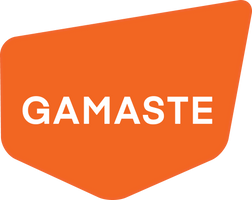
Design - Creating Playable Stories and Characters (Susan O'Connor)
Formation créée le 16/03/2023. Dernière mise à jour le 29/10/2024.
Version du programme : 1
Programme de la formation
Through hands-on, small-group, skill-building exercises, participants will learn and then apply best practices for every stage of story development. Participants will learn how to design a compelling premise; use story structure effectively; integrate story and design; balance player agency with story demands; create compelling characters; and write razor-sharp dialog. The class will also include an analysis of successful storytelling in games, using case studies and video examples from recent titles. This comprehensive master class offers experienced developers an opportunity to gain a deeper understanding of the art and craft of interactive storytelling.
Objectifs de la formation
- Use story structure effectively
- Integrate story and design
- Create compelling characters
Profil des bénéficiaires
- Intermediary and experienced writers, and any developers who have played a key role in developing a game’s narrative
- Une expérience professionnelle dans le secteur du jeu vidéo
Contenu de la formation
-
- How to build a story around your player
-
- How to use the story stack
-
- How designers and writers can create a story together
-
- How to write a character for your game
-
- How to create a character for your team and your player
Susan has worked on over 25 projects, including award-winning titles in the BioShock, Far Cry and Tomb Raider franchises. Titles in her portfolio have sold over 30 million copies and generated over $500 million in sales. She is an adjunct professor at UT Austin, where she teaches a course on writing for games. She founded the Game Narrative Summit at GDC. Susan partners with studios, publishers, and writers to help teams ship great games with great stories. She is dedicated to supporting creatives in the games industry so that they can do their best work.
- Feuilles de présence.
- Questions orales ou écrites (QCM).
- Mises en situation.
- Formulaires d'évaluation de la formation.
- Accueil des apprenants dans une salle dédiée à la formation.
- Documents supports de formation projetés.
- Exposés théoriques
- Etude de cas concrets
- Quiz en salle
- Mise à disposition en ligne de documents supports à la suite de la formation.
Qualité et satisfaction
Modalités de certification
- Délivrance d'une attestation
